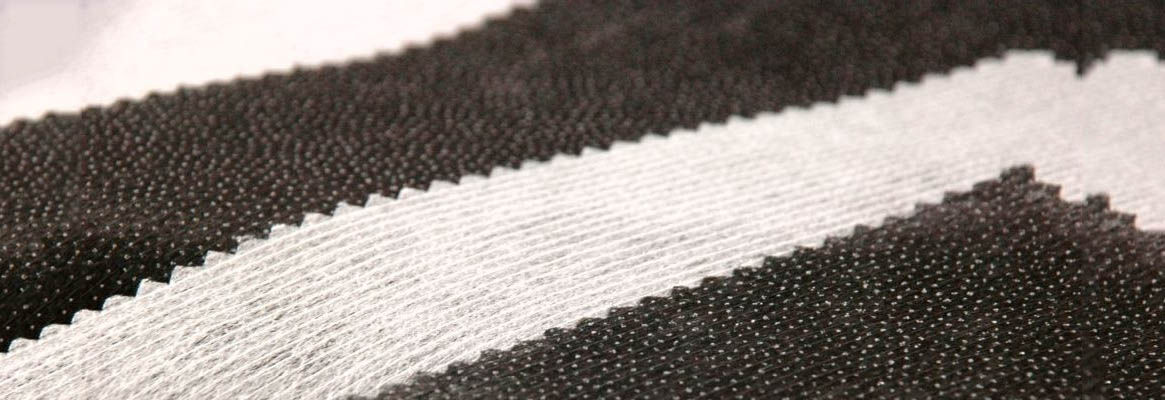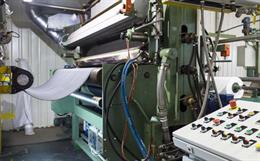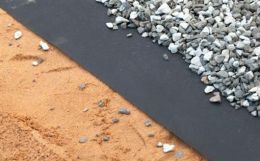Of the various known methods of converting textile fibresinto a fabric, production of needle-punched fabrics has gained immensepopularity among the technical textiles market including geotextiles.
One of the important applications of geotextiles is erosioncontrol. Soil erosion is the process of transportation of soil particles fromtheir original position by the drag forces created by falling or running waterand blowing wind. According to the newsletter science daily, China and India are losing 30 to 40 times faster than the natural replenishment rate. Therefore, itis essential to control soil erosion. The effective way of controlling the soilerosion is to have the dense vegetation growth. However, in certain areas,especially in newly formed man made slopes, it is not possible to have thedensely grown vegetation as any new vegetation growth may be washed out beforethe roots are firmly entrenched. An effective alternate solution is required untilthe vegetation growth. One of the solutions is the use of artificial systemslike geotextiles.
Since the application is a temporary one, the geotextilesmade from natural fibre will be a good choice. However, the natural fibreswill be subjected to degradation by microorganism present in the soil, which mayreduce its original strength within short time but as it degrades, it can actas manure, which will help in quicker growth of vegetation. If a smallproportion of synthetic fibre is blended with the natural fibre, the loss instrength of the geotextiles can be compensated. To read more,
This article wasoriginally presented at ATNT 2007 . The author of this article K. Shabaridharan,V.R. Giridev, R. Neelakandan, and M. Madhusoothanan are associated withDepartment of Textile Technology, Anna University, Chennai, India.







